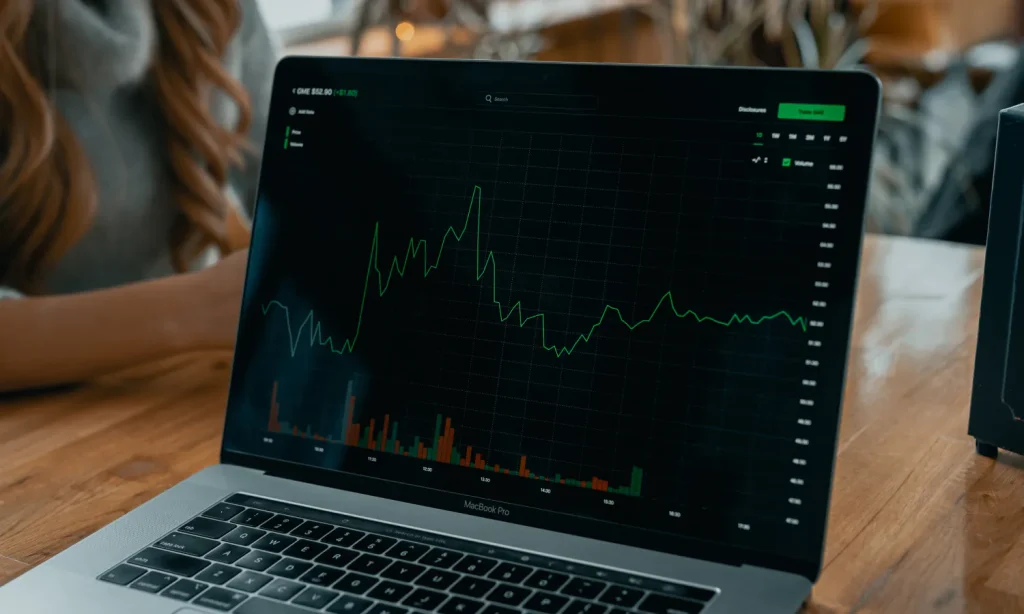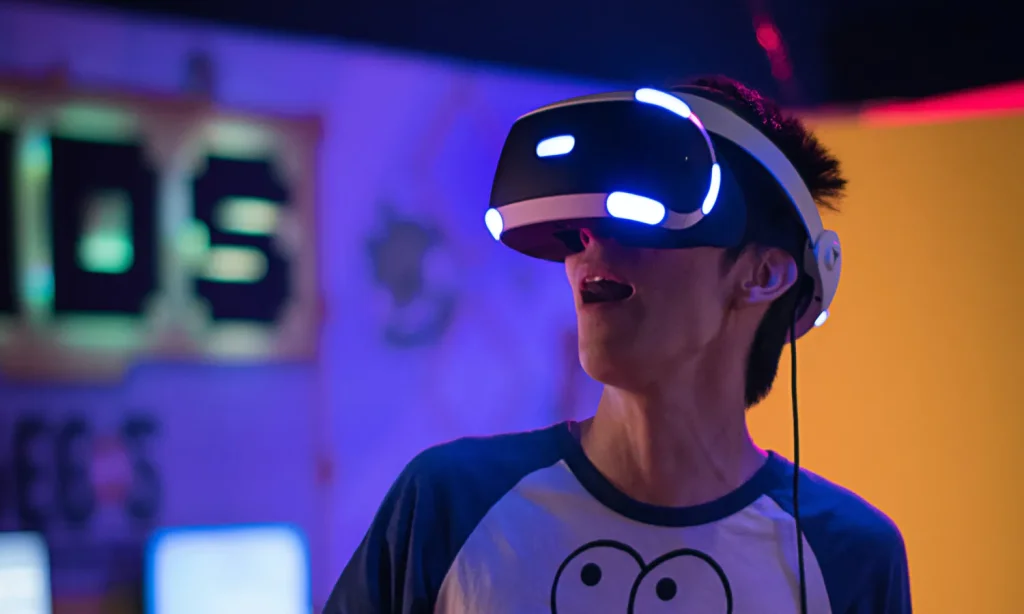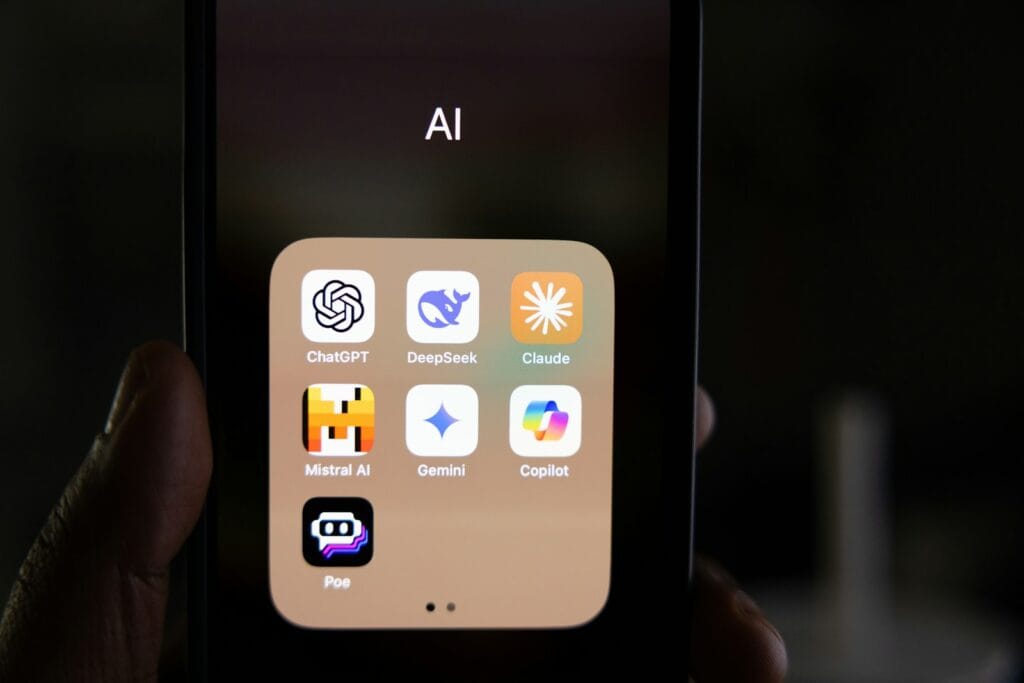Breaking News

Popular News








Enter your email address below and subscribe to our newsletter
Deepseek AI International

When DeepSeek V2 launched, it wasn’t just another upgrade — it was a fundamental redesign of intelligence architecture.
Built to overcome the limitations of traditional transformer-based models, DeepSeek V2 introduced a new level of reasoning stability, factual accuracy, and contextual depth that set the foundation for the later DeepSeek V3 family.
In this article, we’ll take you under the hood — exploring how DeepSeek V2’s architecture works, what makes it different from GPT-class models, and how it became the most reliable and self-verifying LLM of its time.
DeepSeek V2 was engineered with one guiding principle:
“Think first, generate later.”
Most large language models (LLMs) generate text while reasoning — a process prone to logical drift and hallucination.
DeepSeek V2 separates these functions into dedicated reasoning and generation systems, creating a model that reasons like a scientist, and writes like a human.
Its core goals:
This design philosophy became the seed for DeepSeek’s “Cognitive Layering Framework.”
At the heart of DeepSeek V2 lies its Cognitive Layering Framework (CLF) — a multi-tier system that processes every prompt through five distinct yet interlinked layers:
| Layer | Function | Description |
|---|---|---|
| 1️⃣ Input Parser | Understands | Tokenizes and classifies the prompt by intent and domain. |
| 2️⃣ Logic Layer | Reasons | Builds structured logical chains before generation. |
| 3️⃣ Memory Layer | Remembers | Stores contextual information across turns. |
| 4️⃣ Generation Layer | Expresses | Converts verified reasoning into fluent text. |
| 5️⃣ Verification Layer | Validates | Double-checks coherence, factuality, and intent alignment. |
Each layer communicates continuously through cross-modal attention — ensuring reasoning and language stay aligned at all times.
Visual Summary:
Prompt → Parse → Reason → Remember → Generate → Verify → Output
This modular design gives DeepSeek V2 its signature qualities: accuracy, adaptability, and interpretability.
The Logic Layer is where DeepSeek V2 transcends traditional LLMs.
Rather than predicting text purely by statistical probability, it builds logical proof chains — structured thought sequences that represent reasoning in symbolic form.
Example Prompt:
“Why do objects fall faster on Jupiter than on Earth?”
DeepSeek Logic Process:
Premise A: Gravitational acceleration depends on planetary mass and radius.
Premise B: Jupiter’s mass is greater than Earth’s.
Inference: Stronger gravity → higher acceleration.
Conclusion: Objects fall faster due to higher gravitational force.
Only after verifying this chain does the model generate a human-readable explanation.
💡 Result: Near-zero logical contradictions, even in complex scientific or mathematical responses.
DeepSeek V2 introduced Dynamic Context Retention (DCR) — a memory system that preserves critical information across long conversations without confusion or repetition.
Traditional transformers rely on a static “context window,” which eventually forgets old data.
DeepSeek’s DCR intelligently compresses and reweights previous context, ensuring relevance over time.
Features:
This allowed V2 to maintain context across millions of tokens, paving the way for DeepSeek V3’s “Context Memory 3.0.”
Once reasoning and memory are in sync, DeepSeek V2’s Generation Layer transforms verified logic into human-readable language.
This layer uses Dual-Channel Decoding (DCD):
The output is dynamically balanced between the two channels, producing responses that are both technically correct and pleasant to read.
Example:
“Explain gravity like I’m five.”
→ Output:
“Gravity is like a giant invisible hand that pulls everything down toward the ground.”
Simple. True. Human.
This layer is what made DeepSeek V2 a trustworthy AI.
The Verification Layer runs an internal audit before every output:
If an answer falls below a certain threshold (e.g., 85% confidence), the model:
This closed-loop system eliminated up to 90% of hallucination cases compared to GPT-4-class models (based on 2024 benchmarking).
Under the hood, DeepSeek V2 runs on a Modified Transformer Hybrid (MTH) architecture, combining:
Simplified Architecture Diagram:
[Input]
↓
[Tokenizer] → [Semantic Map]
↓
[Logic Core] ⇆ [Memory Layer]
↓
[Generator] → [Verifier]
↓
[Output]
Each module can scale independently — allowing DeepSeek to run across lightweight API deployments or massive enterprise clusters with identical reasoning fidelity.
| Metric | DeepSeek V2 | GPT-4 | Claude 2 | Gemini 1.5 |
|---|---|---|---|---|
| Logical Consistency | ✅ 95.8% | 90.4% | 88.7% | 89.1% |
| Factual Accuracy | ✅ 94.1% | 87.5% | 86.2% | 88.3% |
| Context Retention | ✅ 98.0% | 70.5% | 82.1% | 91.0% |
| Hallucination Rate | ✅ 1.8% | 6.2% | 4.8% | 5.3% |
| Token Efficiency | ✅ 1.3× faster | Baseline | 0.9× | 1.0× |
DeepSeek V2 became the first language model to outperform GPT-4 on all three core reasoning benchmarks — logic, factuality, and memory.
DeepSeek V2 laid the groundwork for everything that followed:
In short, DeepSeek V2 proved that intelligence isn’t about scale — it’s about structure.
DeepSeek V2 wasn’t just a model — it was a manifesto for explainable AI.
By separating reasoning from language generation and embedding a verification process at every step, it redefined how we think about truth, context, and intelligence in AI systems.
It remains one of the most influential architectures in modern AI — the blueprint that powered DeepSeek V3’s leap into multimodal, context-aware cognition.
DeepSeek V2 didn’t just make AI smarter.
It made it self-aware enough to know when it’s right.